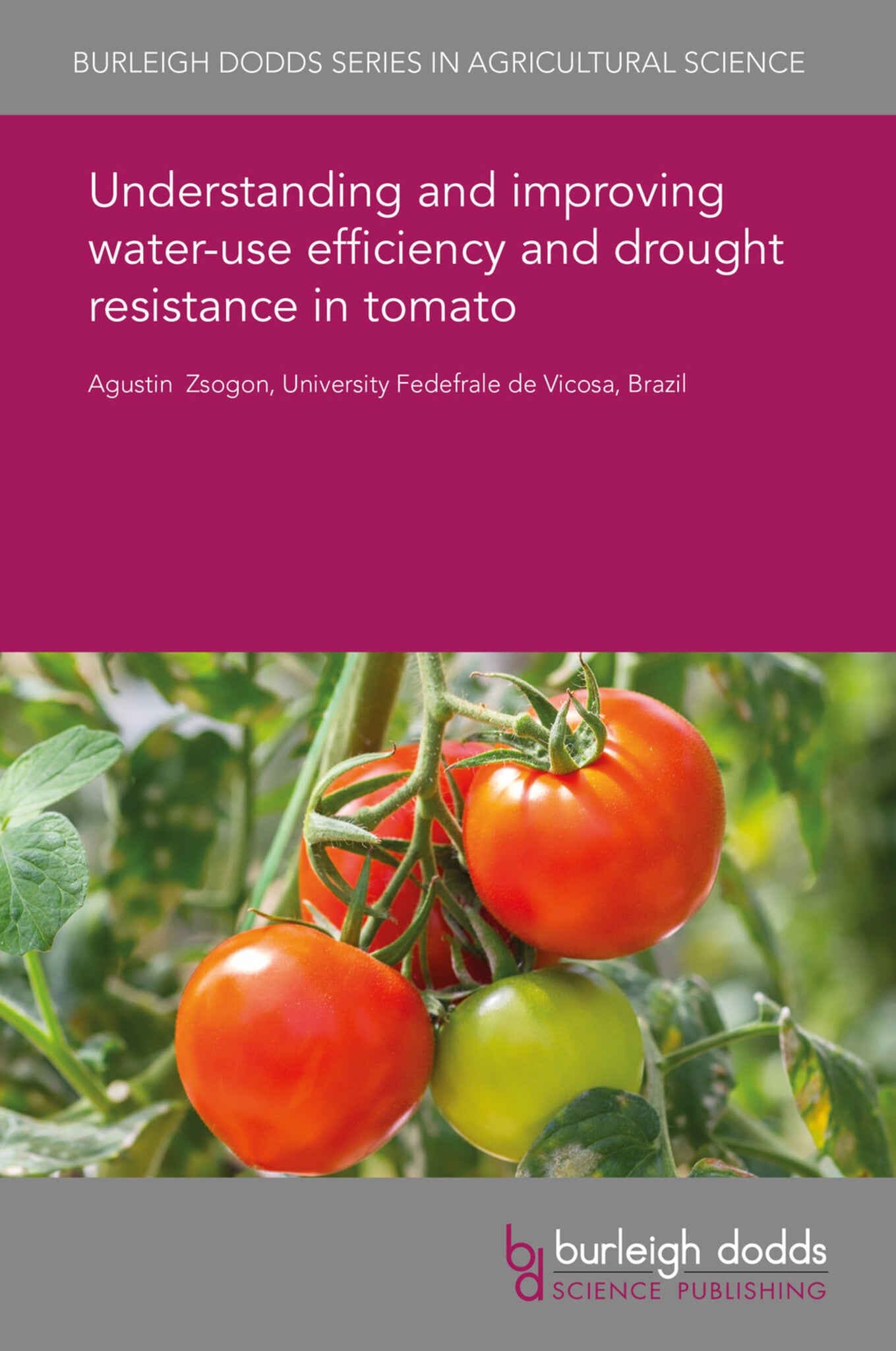We're sorry. An error has occurred
Please cancel or retry.
Understanding and improving water-use efficiency and drought resistance in tomato

Some error occured while loading the Quick View. Please close the Quick View and try reloading the page.
Couldn't load pickup availability
- Format:
-
31 March 2017


TECHNOLOGY & ENGINEERING / Agriculture / Sustainable Agriculture, Commercial horticulture, SCIENCE / Life Sciences / Horticulture, TECHNOLOGY & ENGINEERING / Agriculture / Agronomy / Crop Science, Botany and plant sciences, Sustainable agriculture, Agronomy and crop production

1 Introduction 2 Tomato as a genetic model in plant biology 3 Patterns in tomato plant development 4 Water relations in tomato 5 Natural genetic variations in tomato 6 Case study: Solanum pennellii as a source of drought-resistance 7 Plant development and water relations 8 Future trends and conclusion 9 Where to look for further information 10 References



